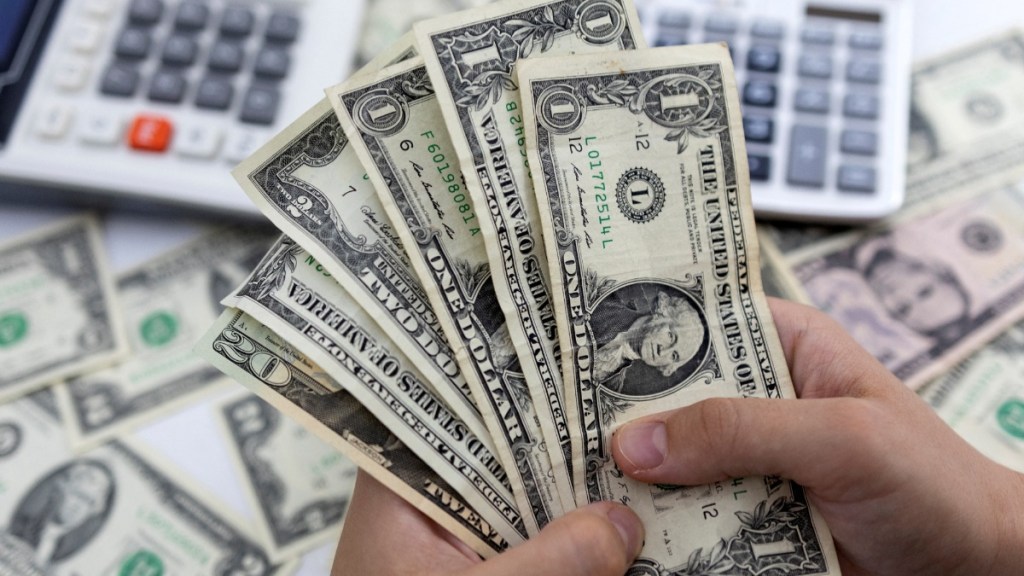With most global central banks already reaching its peak and close to its highest interest rate, economists believe most countries are now nearing a prolonged pause phase, but there could be one or two rate hikes before hitting the pause button.
Priyanka Kishore, Economic & Forum Director, IMA Asia explained that “Now we are in a temporary pause phase in my view . There are probably one or two more rate hikes (depending on which country you are looking at) in the pipeline before a prolonged pause sets in.” She added that this is because inflation is still above central banks’ comfort zone almost everywhere. “More importantly, core inflation remains sticky at elevated levels, underpinned by underlying economic strength. Hence, central banks need to stay vigilant on inflationary pressures.”
After the synchronised hikes of last year, the past few months saw diverging monetary policies. While China, Vietnam cut their policy rate, several Asian central banks paused while the US, EU, UK continued to hike. The European Central Bank was one of the most recent ones to increase its interest rate by 25 basis points. The US Fed raised rates by 25 basis points to reach its highest level in 16 years. The Reserve Bank of Australia also hiked the rate by 25 basis points to 3.85 per cent after holding its benchmark policy rate steady at 3.6 per cent in their April meeting. Many other central banks including India have kept the repo rate unchanged. India’s RBI kept the repo rate unchanged at 6.5 per cent. Central Banks of South Korea and Canada have also maintained the rates steady.
Meanwhile, the Bank of England is expected to go for a quarter of a percentage point increase from 4.25 per cent to 4.5 per cent. “The Fed believes that from now on the previous rate hikes will have to be observed for their efficacy and hence has not given any guidance on further rate hikes. The ECB may have further hiked as their conditions are different. The RBI is likely to continue with a pause in June policy and probably for longer until a clear picture emerges on monsoon,” said Madan Sabnavis, Chief Economist, Bank of Baroda.
Federal Reserve Chair Jerome Powell, last week, said that with prices rising much faster than the Fed wants, “it would not be appropriate to cut rates and we won’t cut rates.” “Central banks have to internally assess whether the rate hikes invoked so far would help to bring inflation down. The time period taken for the impact of rate hikes to work fully varies across countries depending on the price conditions,” Madan Sabnavis explained while adding that the future actions will be data driven.


